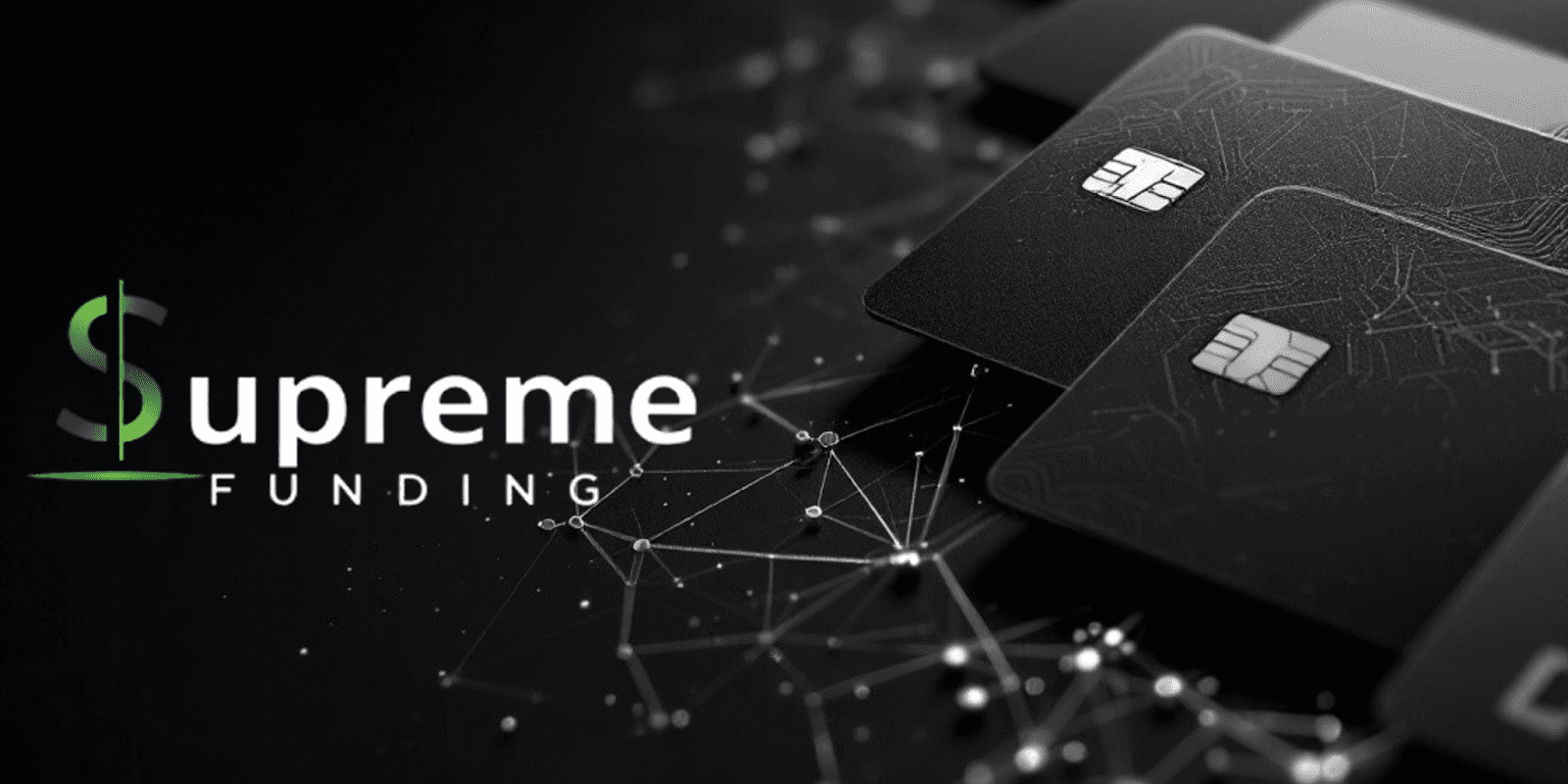Inflation Trends and Interest Rates: Will the Federal Reserve Start Easing Its Policies in 2024?
As inflation shows signs of cooling, analysts are closely watching the Federal Reserve’s next moves. The possibility of interest rate cuts in the coming months has become a focal point, with many industries under strain from high borrowing costs. The current economic climate reflects a delicate balancing act for the Federal Reserve, which is weighing the need to support growth while ensuring inflationary pressures do not resurge.
By
Feb 9, 2024
Inflation Cooling Across Key Sectors
In recent months, inflation has shown signs of easing, particularly in areas such as gasoline, energy goods, and motor vehicles. These sectors have been pivotal in the overall reduction of inflation, contributing to a noticeable disinflationary trend. The cooling of energy prices, combined with lower inflation in goods like automobiles, has provided some relief to consumers and businesses alike.
However, inflation remains persistent in certain areas, particularly housing, food, and core services. While gas prices have moderated, food prices are still elevated compared to pre-pandemic levels. Services like recreation, transportation, and financial services are more sensitive to wage inflation, which has been trending upward. These persistent inflationary pressures in certain sectors continue to present challenges, especially for the Federal Reserve, as it seeks to achieve its target inflation rate of 2%.
Housing Market Cooling Could Support Fed Rate Cuts
The housing market plays a crucial role in the Fed’s inflation calculations. Over the past few months, disinflation has been particularly evident in the housing sector, with rent prices beginning to slow. The Cleveland Federal Reserve’s New Tenant Rent Index, which tracks real-time housing data, has shown a significant slowdown, signaling a potential drop in the inflationary impact of housing.
This cooling of housing inflation could help the Federal Reserve meet its inflation target by mid-year. Experts predict that the Personal Consumption Expenditures (PCE) price index, which is the Fed’s preferred inflation measure, could drop further in the second and third quarters of 2024. This would be a key factor in helping inflation return to a more manageable level, approaching the Fed’s long-term 2% goal.
Fed’s Dilemma: Cut Rates or Wait?
Despite the positive signs of easing inflation, the Federal Reserve faces a difficult decision. With inflation showing signs of returning to target, many analysts believe that the central bank could begin reducing interest rates sooner rather than later. The economy has demonstrated resilience, with strong consumer spending and a robust labor market. As a result, the Federal Reserve is expected to remain cautious about cutting rates too quickly.
Some experts argue that the Fed should move cautiously to reduce rates in a gradual and measured way. While the economy has shown signs of cooling, the labor market remains tight, and wages continue to rise, contributing to inflationary pressures in certain sectors. A hasty reduction in rates could risk stoking inflation again, which would undermine the progress the Fed has made over the past few years.
Moreover, high borrowing costs have weighed on businesses and industries, particularly small- and medium-sized enterprises. These businesses have faced double-digit interest rates, hampering their ability to expand and invest in new projects. In addition, there is significant concern about the refinancing of corporate debt, which could reach up to $3.5 trillion by 2025.
Given these challenges, the Federal Reserve is expected to move slowly with its rate cuts, potentially reducing rates by only 25 basis points at a time. While this would provide some relief to borrowers, the central bank is unlikely to implement drastic changes in its monetary policy in the near future.
A Balancing Act for the Federal Reserve
The Federal Reserve is currently facing one of its most challenging moments in recent years. It must carefully assess the timing of any rate cuts to ensure that the economy does not overheat or slip back into inflationary territory. Experts believe that the path to a neutral rate—one where monetary policy neither stimulates nor restricts economic activity—should progress more quickly than anticipated. However, the Federal Reserve must take a measured approach to ensure that the risks of inflation do not return.
The Fed’s next steps are crucial, as the global economy is navigating through a delicate period of post-pandemic recovery, technological innovation, and geopolitical uncertainty. The continued adoption of artificial intelligence and other productivity-enhancing technologies could help lower inflation in the medium term. This, combined with a strong labor market and improving housing inflation, could provide the Fed with the flexibility it needs to reduce rates gradually and avoid stoking inflation again.
What’s Next for the U.S. Economy?
Looking ahead, the Federal Reserve’s policies in the first half of 2024 will have a significant impact on the broader U.S. economy. If inflation continues to cool, industries that have been burdened by high borrowing costs may begin to see some relief. However, the Fed will likely remain cautious in its decision-making, as the risk of prematurely cutting rates could lead to a rebound in inflation.
For businesses and consumers alike, the road ahead remains uncertain. The Fed's balancing act between supporting economic growth and maintaining price stability will continue to dominate discussions throughout the year. As analysts predict that inflation could return to 2% by mid-2024, all eyes are on the central bank’s next steps.
This careful, data-dependent approach is necessary to avoid repeating the mistakes of the past when overly aggressive rate cuts contributed to runaway inflation in previous decades.
Conclusion
As the U.S. economy grapples with inflationary pressures and high borrowing costs, the Federal Reserve is faced with critical decisions in 2024. The cooling of inflation in key sectors provides hope for rate cuts later in the year, but the risks of premature action remain. For now, the central bank will continue to assess the data closely, balancing the need for economic growth with its long-term inflation targets. With careful monitoring, the U.S. may be able to navigate these challenges successfully, bringing inflation back to its target while avoiding a severe slowdown.














